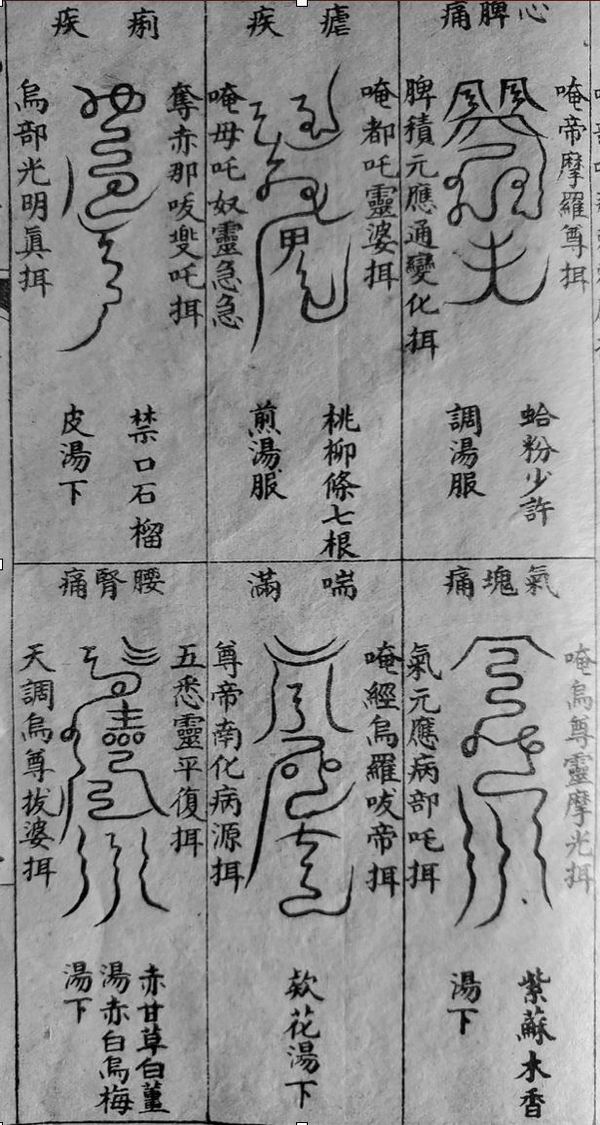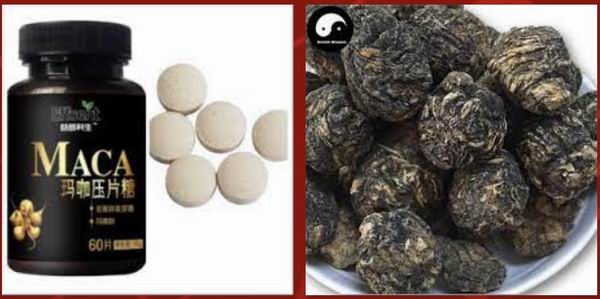After Proust
How Yves Saint Laurent fashioned his life on Proust
By Jeff Koehler
In the opening of a documentary by David Teboul, filmed in 2002 while Yves Saint Laurent was preparing his final collection, the designer, then in his sixties, looks at images of his boyhood in French-ruled Algeria. “I had a wonderful childhood. I think those are the days when I was happiest of all”, he says. “Now, I’m thinking of Proust who wrote: ‘True paradise is one you’ve lost.’” More often than not, it seems, Saint Laurent was thinking of Proust.
In January, the Musée d’Orsay in Paris will mark the sixtieth anniversary of Yves Saint Laurent’s inaugural collection by exploring his connections with Proust. “Like Proust, I’m fascinated most of all by my perceptions of a world in awesome transition”, Saint Laurent wrote in the catalogue to a retrospective of his work at the Metropolitan Museum of Art in 1983, the first given to a living designer. “And my heart has always been divided between the vestals of constancy and the avatars of change.”
For four decades, Saint Laurent observed this dichotomy, producing revolutionary designs while continuing to work in long-standing haute couture traditions. Drawing on elements from the male wardrobe that projected confidence and authority without sacrificing femininity, he created some of fashion history’s most influential designs for women, including le smoking tuxedo, tailored trouser suits and safari jackets, jumpsuits and trench coats, sheer chiffon tops, the Mondrian shift and Catherine Deneuve’s entire wardrobe in Luis Buñuel’s Belle de Jour (1967).
In 1966, he revolutionized the industry when he launched his Rive Gauche ready-to-wear line and opened an extensive chain of dedicated boutiques to sell the more affordable clothes, the first couturier to do so. But this meant he was creating four collections a year. His designs had not only to offer a highly original vision each season, but also be wearable, a near-impossible combination. Work on the collections structured his year and took a heavy toll on his health. “Mon métier m’accapare, créer est douloureux, toute l’année je travaille dans l’angoisse”, he told Yvonne Baby, a journalist from Le Monde, in 1983. “Je me replie en ermite, je ne sors pas, c’est une vie dure et c’est pourquoi je comprends si bien Proust, j’admire tellement ce qu’il a écrit sur les misères de la création. Je me souviens d’une phrase dans les Jeunes Filles en fleurs; ‘Du fond de quelle douleur avail-il trouvé ce pouvoir illimité de créer?’” (“My job consumes me, creating is painful, every year I work in anguish. I withdraw like a hermit, I don’t go out, it’s a hard life and that’s why I understand Proust so well, I admire so much what he wrote on the miseries of creation. I remember a line in Within a Budding Grove: ‘From the depths of what pain had he found this unlimited power to create?’”: my translation.)
The ailing aesthete’s identification with Proust runs back through his youth. Born in Oran in 1936, Yves Saint Laurent was a shy, anxious child raised in a house of women with his two younger sisters, mother, grandmother and aunt. His father managed a chain of cinemas across North Africa and was often away. They were well-off enough to have French servants and to move for the summer to a beachside villa in Trouville among equally privileged friends of the extended family. Laurence Benaïm’s biography of 2002 (published in an English translation by Kate Deimling in 2019) is full of vivid scenes and details from a colourful childhood. Like Proust, he was indulged by his mother, who let him cut up her dresses to make clothes for dolls and had a local tailor sew up his first designs for his sisters. At the time of his retrospective in New York, he wistfully remembered her dressing for dinner parties and, when “about to leave for the ball, com[ing] to kiss me goodnight, wearing a long dress of white tulle with pear-shaped white sequins”. The vision recalls the first thirty-odd pages of Du Côté de chez Swann, where the narrator’s “sole consolation, when I went upstairs for the night, was that Mama would come kiss me once I was in bed … the moment when I heard her coming up, then the soft sound of her garden dress of blue muslin, hung with little cords of plaited straw, passing along the hallway with its double doors, was for me a painful moment” (Lydia Davis’s translation of 2003).
It comes as little surprise that on first reading À la Recherche as an adolescent, Saint Laurent – a delicate boy, who found it difficult to make friends – immediately identified with Proust’s hypersensitive author-narrator. Over time, the affinity grew into a kind of infatuation. In his mid-forties, he told Baby: “Je reprends souvent le livre sans l’achever, j’ai besoin d’avoir devant moi cette œuvre extraordinaire. Par une espèce de superstition, il me semble que si je vais jusqu’au bout de ma lecture quelque chose arrivera, rien de bon. La mort peut-être, pourquoi pas?” (“I often return to the book without finishing it, I need to have this extraordinary work in front of me. In a kind of superstition, it seems to me that if I reach the end of the book something will happen, nothing good. Death perhaps, why not?”.)
In 1954, at eighteen, Saint Laurent left for Paris to study at the Chambre Syndicale de la Haute Couture. Algeria’s brutal battle for independence from France had started (it would last until 1962 and leave one million dead), and Saint Laurent’s family fled with only what they could carry in cardboard suitcases. The speed of Saint Laurent’s ascent remains without parallel. After less than three months’ study, he was hired by Christian Dior as an assistant. When Dior unexpectedly died three years later, the timid prodigy was handed the reins of the world’s most famous fashion house. He was twenty-one (half the age Proust was when the first volume of his opus appeared). His inaugural Trapèze collection of 1958, which discarded his predecessor’s signature geometric shapes, tight constructions and cinch-waisted New Look for lighter, more fluid designs, was a resounding success, and the tall thin boy in Buddy Holly glasses shot to the top of the industry, where he remained unchallenged for decades.
Saint Laurent designed six collections for the House of Dior before being conscripted into the French army in 1960 to fight in Algeria. Within weeks he suffered a nervous breakdown and spent two and a half months in hospital undergoing electric shock therapy, being given heavy doses of tranquillizers and enduring abuse from other patients. While there, he was fired from Dior.
Soon after, with his romantic partner Pierre Bergé handling the business side, Saint Laurent opened his own maison. The first collection, presented in January 1962, opened with a navy-blue wool pea coat, heralding a distinctive new liberated style for women. But the pressure was immense, and by the mid-1970s, Saint Laurent was addicted to cocaine and painkillers and, according to Benaïm, drinking up to two bottles of whisky a day. The addictions helped to fuel severe depression, explosive behaviour and high anxiety, and instigated a number of stays in a psychiatric hospital. All this sent him into a near-complete retreat from public life.
In 1983, he and Bergé bought Château Gabriel, a neo-gothic nineteenth-century villa in Bénerville-sur-Mer on the Normandy coast. “I sincerely believed that with this house he could be able to start a new life”, Bergé remembered in L’ Amour fou, Pierre Thoretton’s documentary of 2010. The plan was to see friends who lived nearby, including Marguerite Duras and Françoise Sagan. Instead, according to Francine du Plessix Gray, who profiled Saint Laurent in the New Yorker in 1996, he more or less shut himself in his room, saw few people, rarely even answered calls, and often did little but read Proust. (And what volumes he owned. Among them was a luxuriously bound edition of Du Côté de chez Swann that Proust inscribed to “his little darling”, the writer and painter Lucien Daudet; it sold at Sotheby’s in 2018 for €1.51 million, shattering the record for a French book.)
His conflation of the novel with his own life went beyond the imagination. Located ten miles up the coast from the seaside resort of Cabourg (fictionalized by Proust as Balbec), where Proust spent his summers, Château Gabriel had once belonged to Gaston Gallimard, and it was here that Proust had first met his future publisher. For Saint Laurent, the French interior designer Jacques Grange recreated a Proustian world, decorating the villa in the style of À la Recherche, with aquatic blue and green waterlily murals, heavy drapery and Napoleon III furniture. Each bedroom was named for a character: Bergé’s was Baron de Charlus, Saint Laurent’s was Swann. Beside Proust himself, it was with Swann – the sensitive, erudite hero with exquisite taste in art who was, as the son of a Jewish stockbroker, an outsider working for the highest echelons of society – that Saint Laurent felt the most affinity. When he travelled, the designer used the pseudonym Swann; in Normandy, he slept in his bedroom.
Shortly after buying Château Gabriel, Saint Laurent noted in the Met retrospective catalogue (the translator is uncredited): “‘The magnificent and pitiful family of the hypersensitive,’ Proust wrote, ‘is the salt of the earth. It is they, not the others, who have founded religions and produced masterpieces.’ That family is my second family, and whatever I have achieved that might approach a masterpiece I owe to that affiliation as much as to the first”. When the designer announced his retirement in 2002, he repeated those lines taken, and condensed, from Le Côté de Guermantes, and, understanding by then the true toll, continued the quotation: “Jamais le monde ne saura tout ce qu’il leur doit et surtout ce qu’eux ont souffert pour le lui donner”. (“The world will never know all it owes them and especially what they went through in order to create.”) He then cut to the novel’s final volume, Le Temps retrouvé: “On peut presque dire que les œuvres, comme les puits artésiens, montent d’autant plus haut que la souffrance a plus profondément creusé le cœur.” (“We could almost say that works of art, like artesian wells, rise even higher when suffering has dug deeper into the heart”.) Yves Saint Laurent died six years later.
Jeff Koehler’s books include Darjeeling: A history of the world’s greatest tea, 2015, and Where the Wild Coffee Grows, 2018
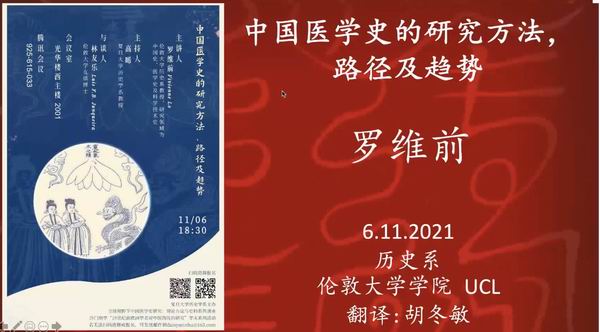
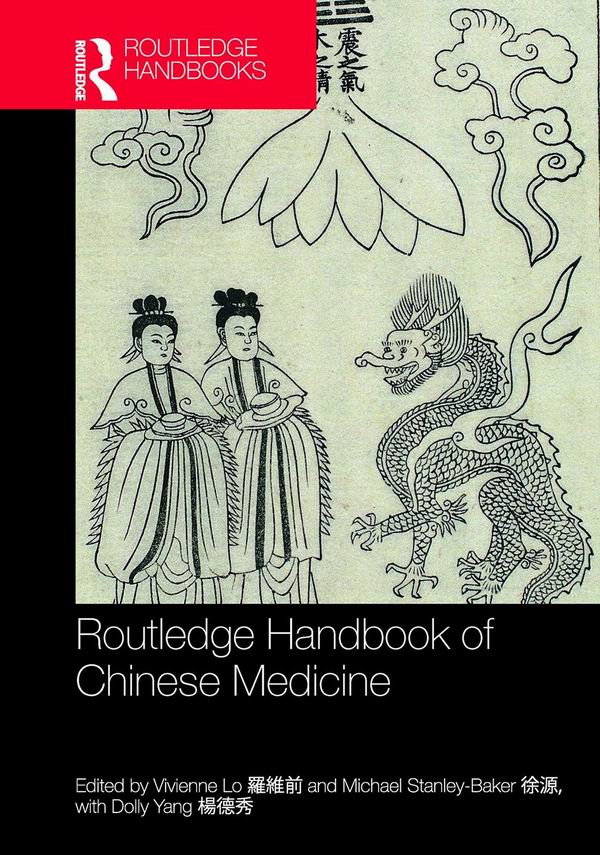
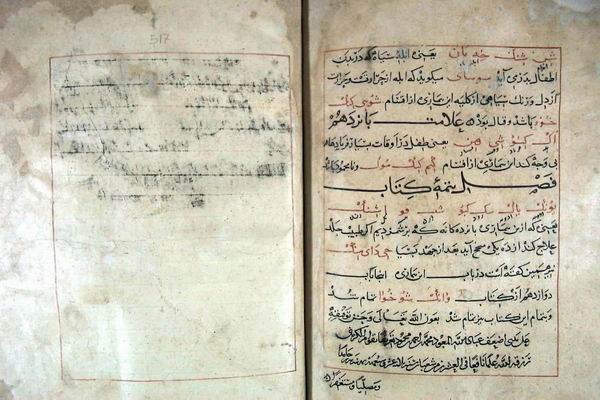

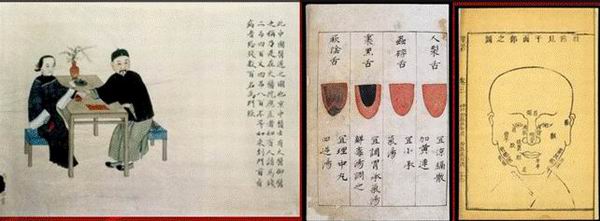
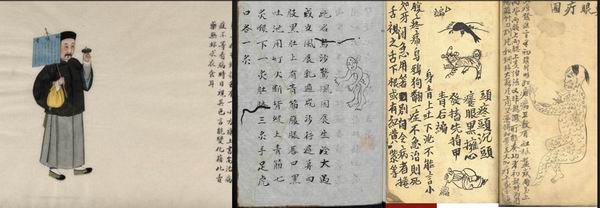 2.3 食物和性
2.3 食物和性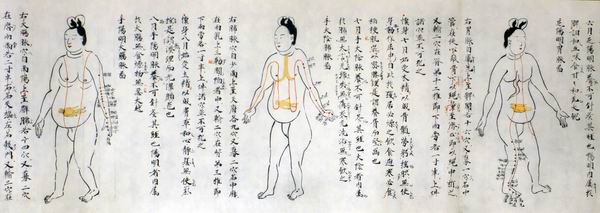

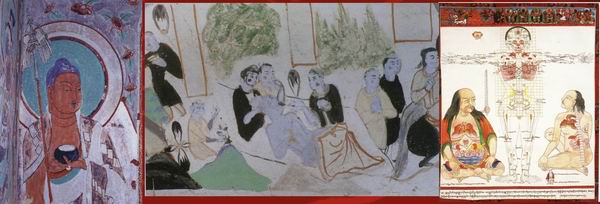
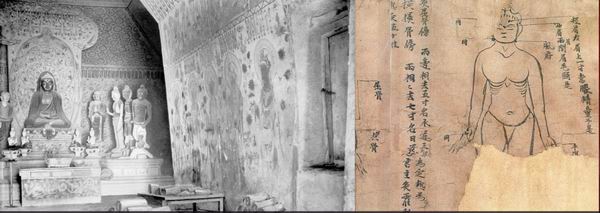 2.6 更扩大的移民社群
2.6 更扩大的移民社群

